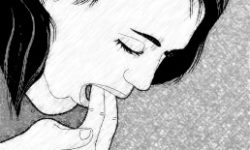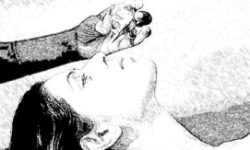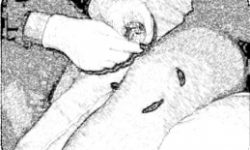At Sparsh Ayurveda, Panchkarma therapy is recommended only when required. Its only after consultation with the Ayurvedic physician involving pulse and complete physical examination, physician decides if a Panchkarma therapy is required or not. If any Panchakarma treatments are prescribed by the doctor, they are performed by experienced therapists under the strict observation of the doctor.
Any Panchkarma therapy involves 3 phases mainly: Poorva Karma, Pradhan Karma, Paschaat Karma. In general Pradhan karma procedures are referred as Panchkarma.
The Panchkarma Process
Purva Karma
It is also called as Preparatory Procedure
In this phase body and mind are prepared with various treatments for the cleansing. Before the actual operation of purification begins, there is a need to prepare the body with prescribed methods to encourage it to let go of the toxins. These two procedures are snehan (oleation or oil massage) and svedana (fomentation or steam bath ). Snehan is the oil massage. Oil is applied to the entire body with a particular type of massage that helps the toxins to move towards the gastrointestinal tract. Oil massage also makes the superficial and deep tissues soft and supple, thus helping to remove stress and nourish the nervous system. Svedana is steam bath and is given immediately following the snehan. Steam bath makes you sweat it out. The toxins which are made soft in the oleation process become thinner here. The oleation process softens severe and deep-rooted toxins, which are liquefied by fomentation to flush out of the body through sweat eventually.
Pradhan Karma
It is also called as detoxification procedure or cleansing procedure or main panchkarma procedure.
There are the five cleansing treatment methods used for detoxification of the body and the physician will decide which is the most suitable. Since there are 5 basic detoxification procedures or therapies, hence the name Panchkarma.

Vaman
This therapy is also known as medical vomiting. It is one of the five Panchkarma therapy. Toxins are removed by way of vomiting through administration of specific medicines. It is very useful in itchy skin conditions, obesity, asthma, acne vulgaris, acidity and high cholesterol levels.

Virechan
In this therapy, toxins are removed by way of purgation (stools) through administration of specific medicines. It is very useful in burning and vesicular skin conditions, uncontrolled jaundice, ascitis and constipation.

Basti
In this therapy, medicated oils are introduced into large intestine through rectum with the help of enema pot. It is considered the most important process in panchkarma therapy and is useful in various neurological and musculoskeletal problems such as backache, various types of joint pains, Irritating Bowel Syndrome etc

Nasya
Under this therapy, medicine in form of liquid or powder is poured through nose. It is useful in various ailments related to ear, nose and throat.

Raktamokshan
Here, blood is taken out of body from specific regions through different techniques such as venesection, application of leeches etc. It is useful in various acute painful and inflammatory conditions along with various blood borne disorders.
Paschaat Karma
It is also called as Follow-up procedure
The third and last stage of Panchakarma is Paschat karma. It is the follow-up therapies that include diet, medication & lifestyle changes. After the toxins have been effectively eliminated, patient-specific diet regimens, controlled physical effort and health-promoting natural herbal remedies are recommended. This supports and enhance the successful effects of the two previous stages of Panchakarma treatments. The following regime is to be followed even after the completion of the course. Use only warm water for drinking and bathing.
- Celibacy should be maintained.
- Avoid suppressing the natural urges.
- Must not speak loudly.
- Must avoid anger and anxiety.
- Shouldn’t have direct exposure to sunlight and cold breeze.
- Avoid travelling long distances by vehicle or by walk.
- Avoid contact with smoke and dust.



